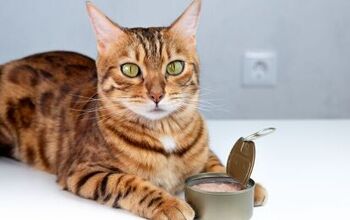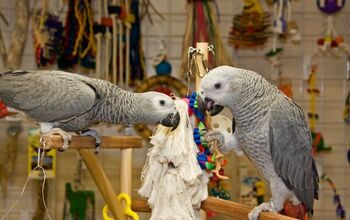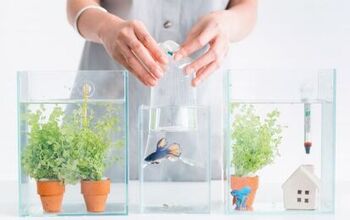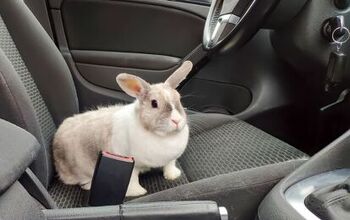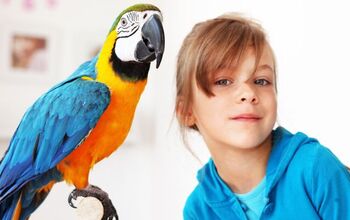Should Cats Wear Collars? The Pros and Cons
Walk through your local pet store, and you will likely see a small assortment of cat collars, including many different colours, styles, materials, and sizes. But do cats really need to wear a collar? Should cats wear collars, or are they more of a fashion statement?There are both benefits and potential challenges to introducing a collar to your cat.It’s a conversation that isn’t discussed often enough in the pet space. After all, how are you supposed to make an educated decision if you don’t have the information? But don’t worry, we have you covered! In this article, you’ll find both the benefits and risks of cats wearing collars for both indoor and outdoor cats. Plus, we’ll help you find the best collar for your cat (if you choose to use one).Let’s get started…Benefits of a Collar for Your CatJust like with dogs, there are many benefits to encouraging your cat to wear a collar. First, and most obviously, is the ability to add identification if your cat ever gets lost. While most experts encourage cats to be microchipped, an identification tag can speed up the process of someone identifying your cat and reaching out to you if they are found. This may not be relevant if you are caring for an outdoor community cat. But there’s a good possibility that not all your neighbours will be familiar with your indoor cat if they wander onto their property. Another benefit directly related to that situation is the ability to identify that a cat has an owner waiting for them at home. With the growing number of stray cats in most towns and cities, your missing kitty can easily be mistaken for another street cat and be overlooked. Unfortunately, indoor cats don’t possess the same level of survival skills outdoors that a cat raised living outdoors will have. The longer they are outdoors trying to fend for themselves, the greater the risk of something tragic. However, if someone spots a cat with a collar, they look out of place, drawing attention to them. Many collars incorporate reflective elements. If your cat spends time outdoors regularly, a collar may provide much-needed visibility at night to help reduce the risk of being hit by a vehicle.Finally, as we learn more about the impact of outdoor cats (whether living outdoors full-time or spending time outdoors), we have discovered that cats can have a significantly negative effect on the biodiversity in an area. Why? By killing off birds and small animals, like mice and squirrels, they upset the balance in that ecosystem. Placing a bell on your cat’s collar will warn potential prey that your cat is coming. This also means your cat is less likely to catch and ingest the animal, reducing the risk of parasites or diseases. Are There Risks to Wearing a Collar? There are risks to consider when it comes to putting a collar on your cat BUT these risks are primarily caused by a collar that isn’t fit properly or using a collar that lacks the necessary safety measures to make it cat-friendly. If your cat’s collar is too tight, it can cause chaffing and irritation. The discomfort of the collar putting pressure on their neck due to its size may also encourage your cat to paw at or scratch at the collar, increasing the risk of getting their nails snagged in the collar’s fabric or even their entire foot caught under the collar. Like fitting a collar to a dog, you should always ensure you can fit two fingers inside the collar when it is fastened on your cat’s neck. They can also get the collar stuck around their lower jaw, especially if it is too large, preventing them from closing their mouths. This can lead to the cat experiencing extreme stress or anxiety as they try to free themselves from it, causing an injury during the struggle.Many well-meaning cat owners will grab a small dog collar for use on their cat, but these collars are missing the critical safety feature that sets a cat collar apart – the breakaway mechanism. If your cat gets their collar stuck on an object like a fence post or furniture in your home, they may strangle themselves trying to escape. As cats often wander unsupervised away from us, indoors or out, and tend to hide, they are far more likely to get snagged somewhere without us realizing it. However, purchasing a properly fitting cat-specific collar with a breakaway mechanism can significantly reduce or eliminate these risks.







